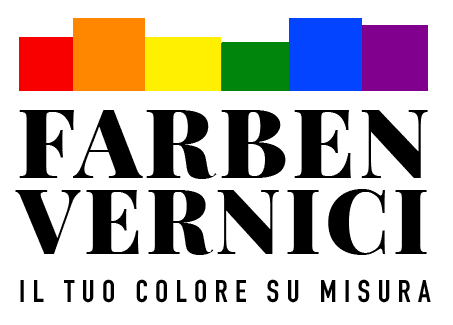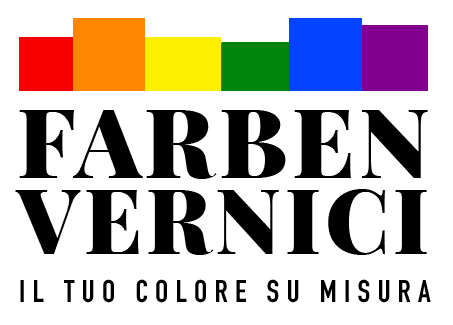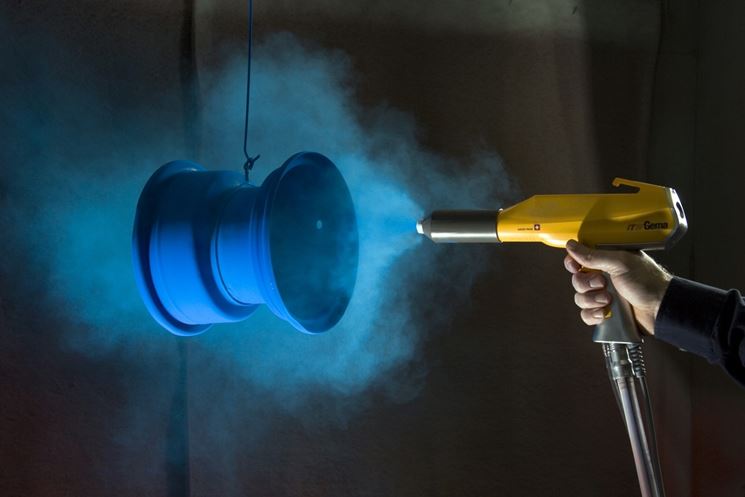Epoxy paints get their name from the common binder, epoxy resins, which are derived from Bisphenol A (BPA) and Epichlorohydrin. These resins then react with specific hardeners to transition from thermoplastic to thermosetting. This process can occur at room temperature or be accelerated through oven curing. The properties of epoxy paints can vary depending on the molecular weight, leading to the formation of liquid or solid products. Hardeners can also vary chemically, affecting the final properties of the paints.
Types of Hardeners
The most commonly used hardeners are based on polyamide resins, which offer good adhesion, elasticity, and chemical resistance at a relatively low cost. These hardeners are ideal for primer formulations.
For topcoat formulations, amine-based adducts are more commonly used, offering greater hardness and faster curing times. However, they are more expensive than polyamide-based hardeners. On the market, you can also find hardeners that combine different percentages of both types, allowing for greater flexibility in formulations. The choice of the correct hardener depends on the application and environment where the painted items will be used.
Formulations and Applications
Epoxy paints can be formulated with a high solids content or be entirely solvent-free. This allows for the application of thick coats in a single pass, reducing the number of required coats and labor costs. Additionally, high-solids epoxy paints contribute to reducing emissions into the atmosphere.
There are also epoxy paints in aqueous emulsion, where the primary solvent is water. These formulations are generally more expensive but offer advantages in terms of reducing organic solvents.
Advantages of Epoxy Paints
Epoxy paints offer numerous advantages, including:
- Lack of solvents (in solvent-free formulations), making them suitable for food contact.
- Reduced organic solvent content.
- No presence of isocyanates, eliminating the need for special certifications.
- Good resistance to water immersion.
- High surface hardness.
- Excellent adhesion to the substrate.
- High chemical resistance, suitable for treating galvanized steel and concrete.
- Applications in submerged parts of boats.
Disadvantages of Epoxy Paints
A disadvantage of epoxy paints is the presence of aromatic chains, which make them susceptible to UV light. This photodegradation can cause yellowing, discoloration, and dullness of the paint film if exposed to prolonged sunlight. However, this does not lead to flaking or detachment, but it does limit the use of epoxy paints for topcoats when photodegradation from UV rays is not acceptable.
Recommended Applications
Epoxy paints, both solvent-based and water-based, are suitable for a wide range of applications, including:
- Machine tools.
- Submerged parts of boats (wood, metal, fiberglass).
- Steel structures.
- Furniture and indoor decorations.
- Concrete treatment.
- Resin finishes for indoor floors.
Article by: Ind. Exp. Massimo Rubbi – A.I.T.I.V.A. member, Emilia Romagna Region – CTU n. 48, Piacenza Court.


